I was once asked about being a Leica photographer and replied that I was not a Leica photographer but a photographer with a Leica. This remains the case, and I still have a passion for Leica.
A passion for precision and a passion for Leica
As an engineer, I have always considered Leica at the forefront of precision and selective assembly. This coupled with superb optics keeps Leica ahead of the pack, maybe not in volume production but in design and simple functionality.
My first experience following years of owing Canon Nikon and Olympus cameras was an M6 with 35mm and 90mm Summilux lenses back in the nineties. This was followed by an M7 offering a basic auto exposure mode which I liked for its ease of use for travel and street photography.
First digital steps
In 2003, I took my first steps into digital photography and by 2005 I had migrated in part from darkroom to Lightroom, but still retained the M7.
For a brief period, I had a foot in both camps, retaining the coveted Leica for most of my work. But for personal use, I had migrated to Canon and then Olympus, although I was not a big fan of micro four thirds.
While I still retained the darkroom, my analogue output was declining and the emphasis was on my colour work.
Digital Monochrome
I had become proficient in Photoshop and, having neglected black and white photography, I decided that it was time to devote some attention to digital monochrome. This led me inexorably to the Leica Monochrom. I acquired a 246 which, with the 35mm and 90mm lenses, I was once again enjoying the joys of monochrome photography.
Still travelling, I was now using the new Leica SL for colour and the 246 for mono. The SL had become my main camera. With its 24-90 and 90-280mm Vario-Elmarit lenses, I was achieving great results, despite the combination being very heavy — as indeed was the Monochrom 246 with its lenses. Probably not the best travel kit in terms of portability, but the results were sufficient reward.
A passion for Leica, and the journey continues
With the advent of the Q2 Monochrom I decided that it was time to upgrade and sell the M246 and its lenses. The Q2M was ideal for travel, but in time I decided that the fixed 28mm lens, although a superb optic, was limiting.
I chose to concentrate on the SL, and ultimately the SL2, for both colour and mono conversion. This remains my favoured camera/lens combination, which I continue to use for travel and performing arts (jazz) photography.
Lately, my photography has taken some twists and turns, and I now focus much of my attention on abstract photography, and the SL2 is an integral part of this. But whatever road I follow in photography, I am certain that Leica will play a significant part.
Discover more:
| Articles by Dennis Anguige on Macfilos | Learn about the Leica Centennial |
| Leica Society International | The Leica Society (UK) |
| Leica Fellowship (UK) | Leica Cameras |
Make a donation to help with our running costs
Did you know that Macfilos is run by five photography enthusiasts based in the UK, USA and Europe? We cover all the substantial costs of running the site, and we do not carry advertising because it spoils readers’ enjoyment. Every amount, however small, will be appreciated, and we will write to acknowledge your generosity.

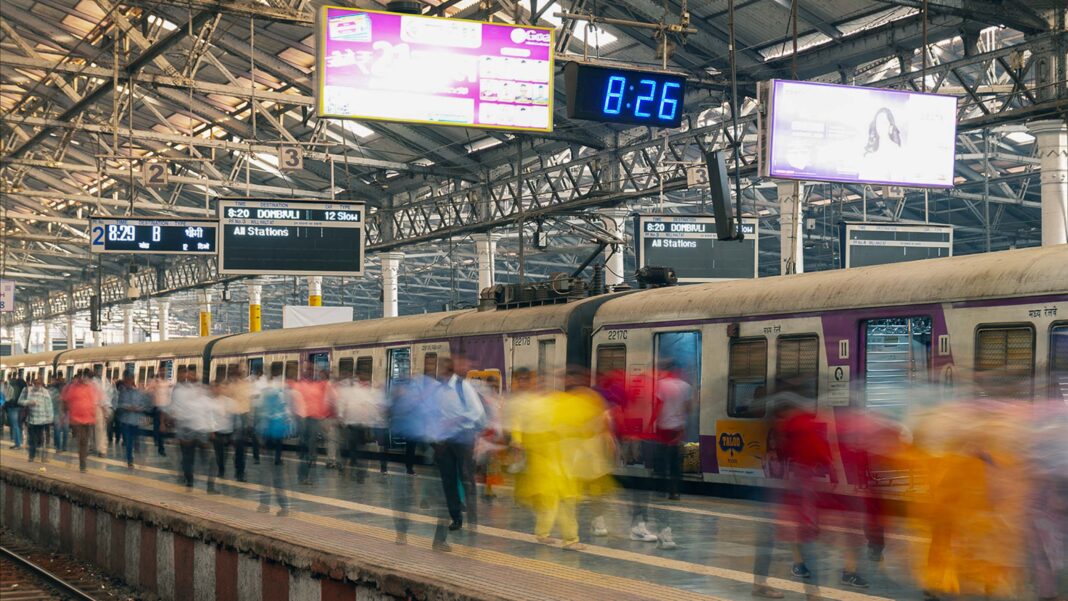
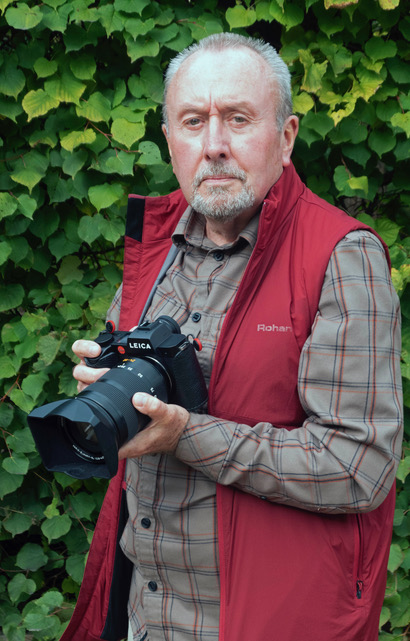

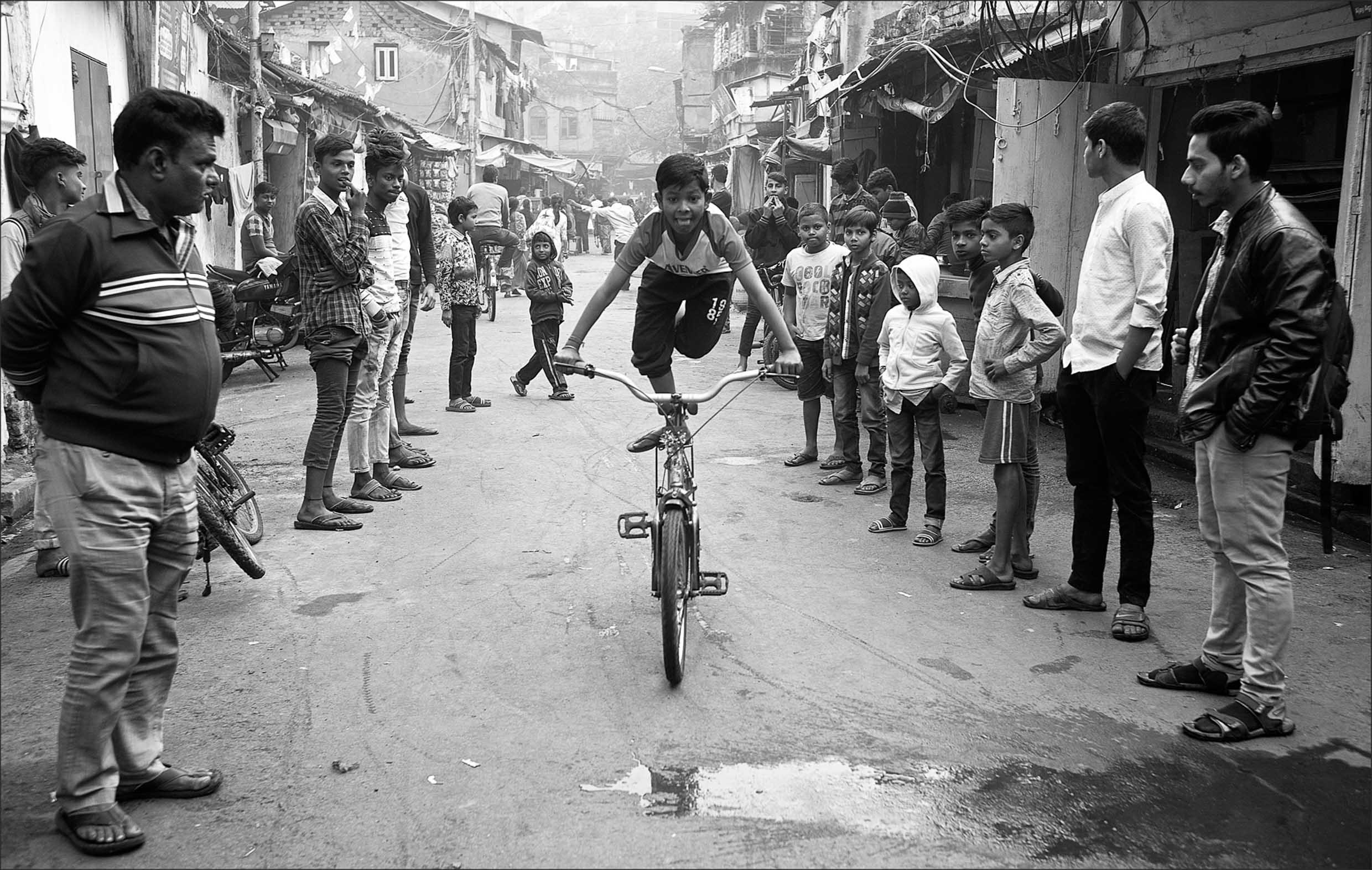
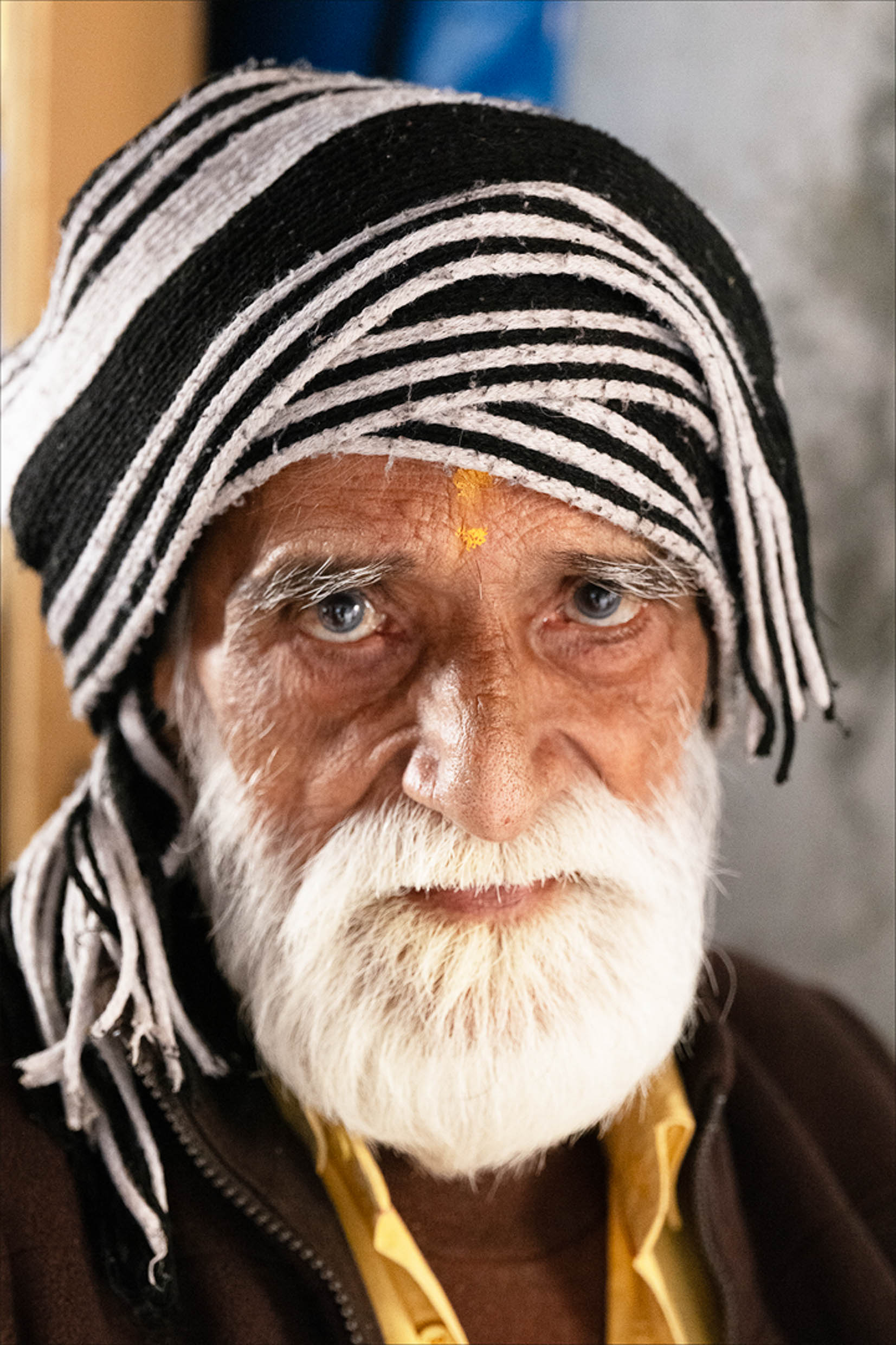
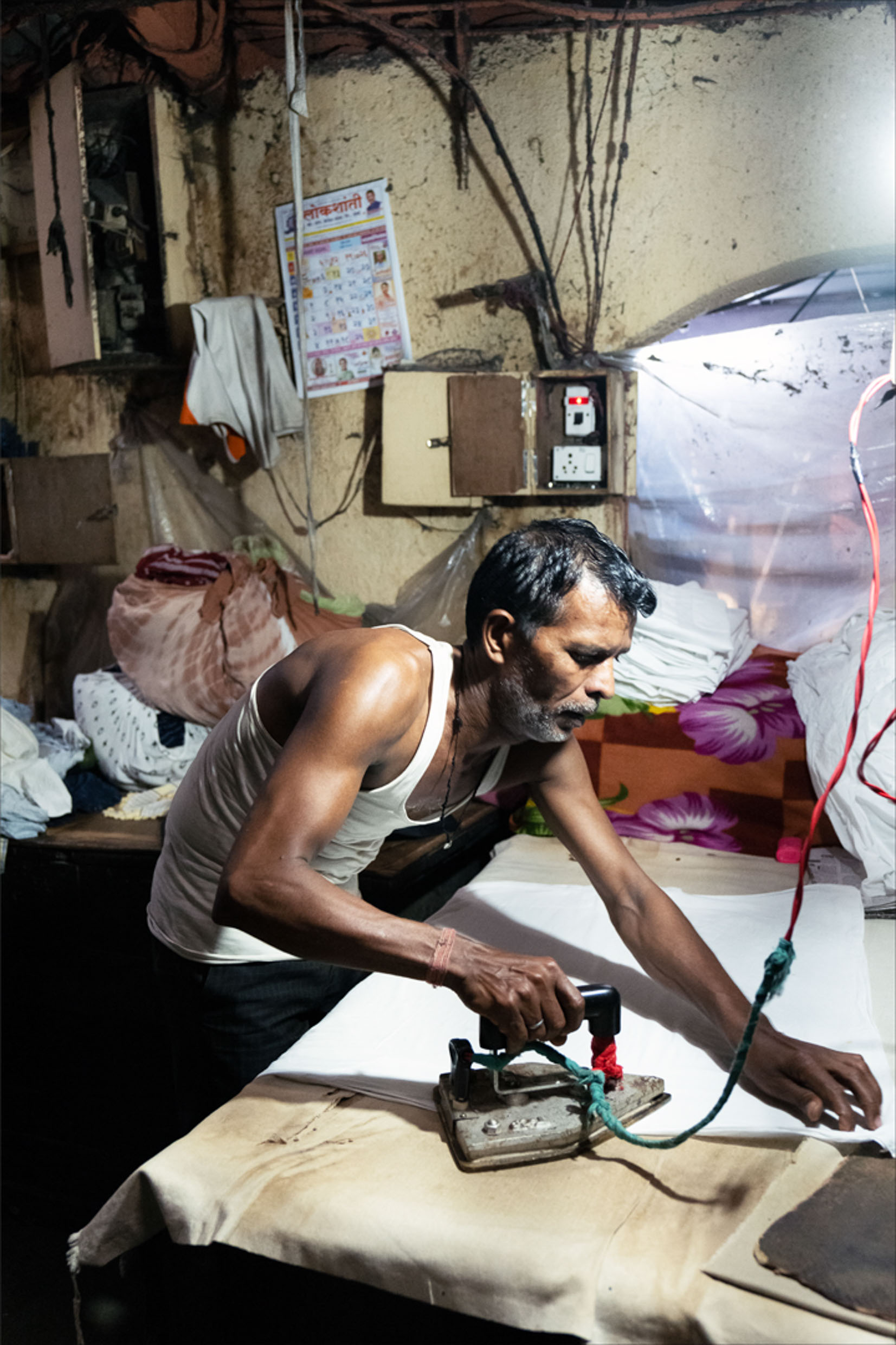
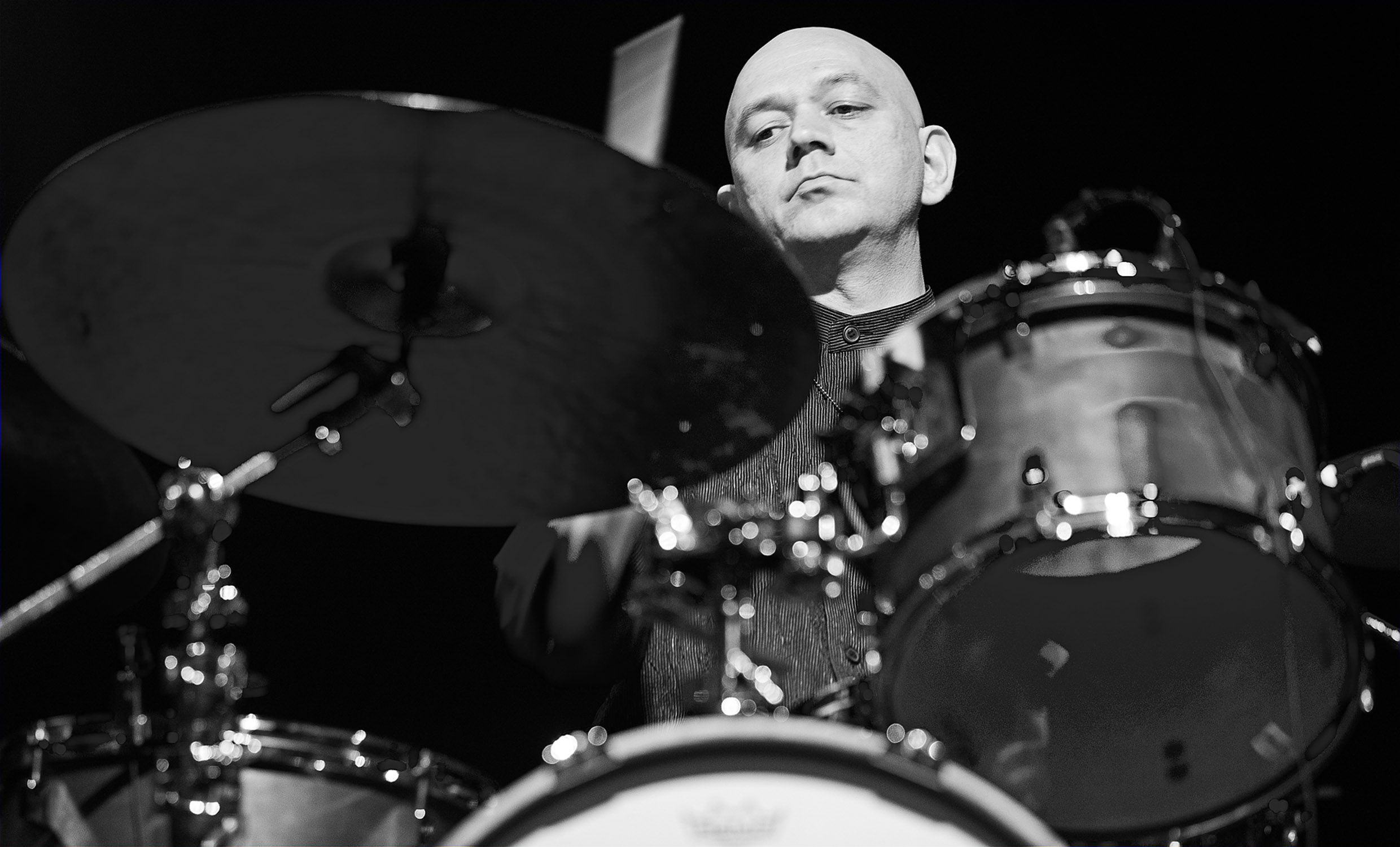
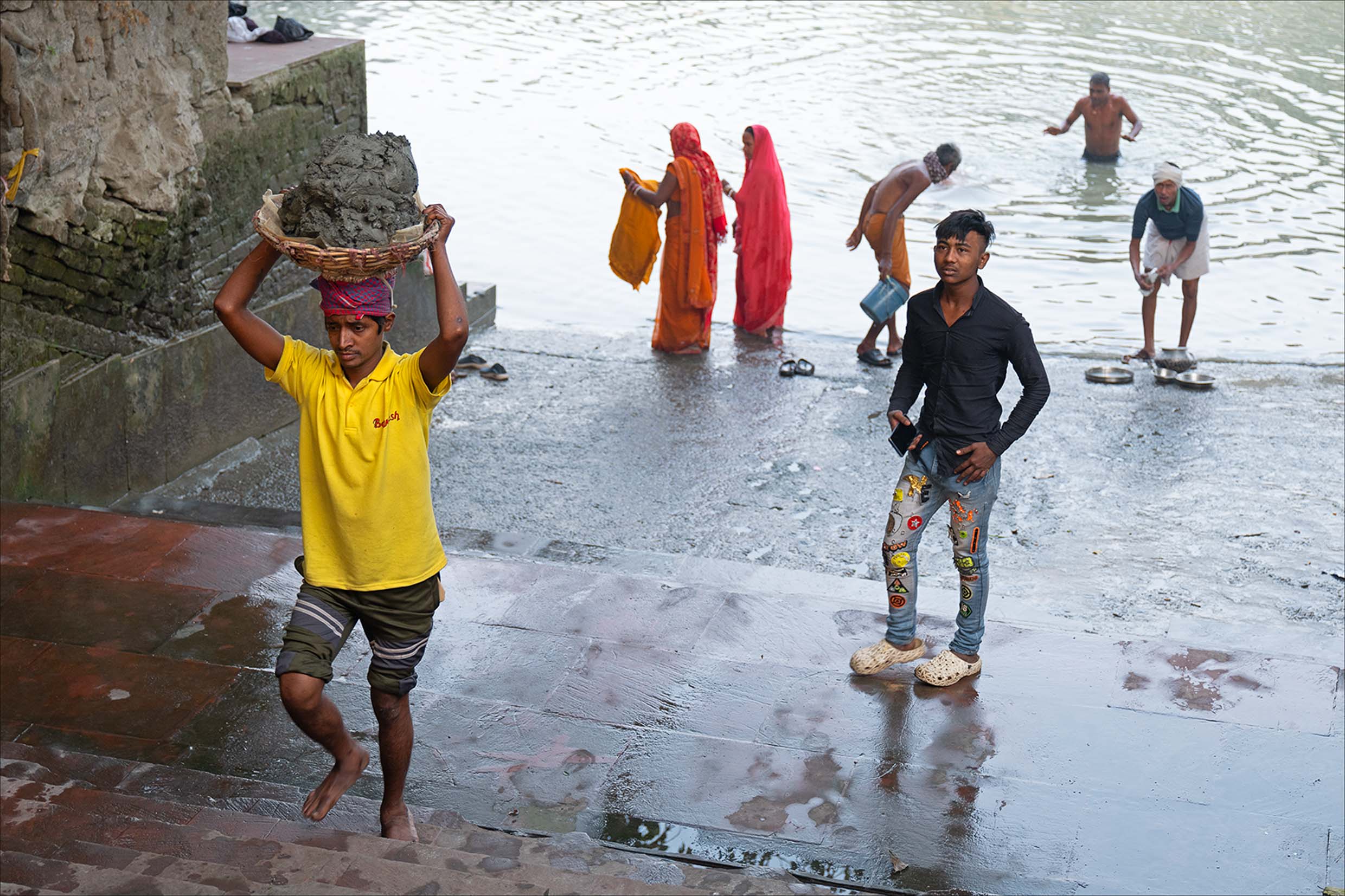
They always said, ‘if you bought a Nikon it did not make you a photographer, it made you a Nikon owner” Nice photo.
I agree with Kathy that you’ve presented a range of excellent images to look at and learn from.
For me, the first image of the train station strikes a chord. Thoughtful, well executed, artistic.
Leica M, Q, SL — I love your portraits from India (?). I doubt the alphabet soup matters much; it’s the photographer who made the camera sing.
I particularly liked — well, several, but I’ll stick to the gengleman with the head wrap. I think, if you do turn to ‘abstract’, I’ll miss the portraits. And the young man on the bicycle …